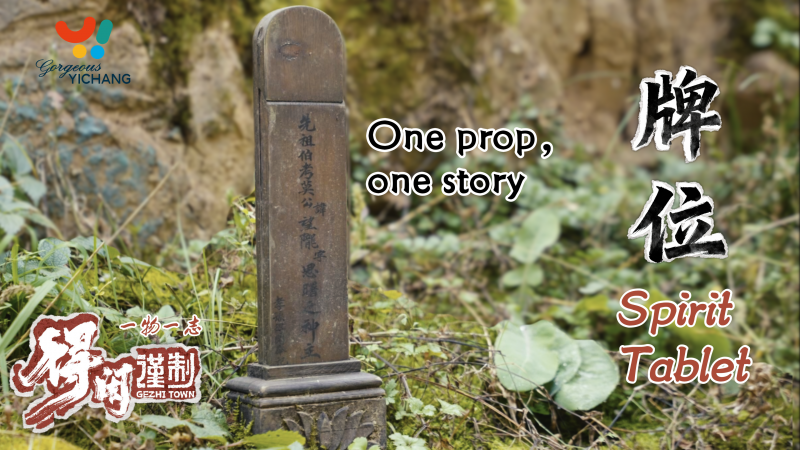Tianlongwan National Wetland Park
2022-11-02 08:11:04
Tianlongwan National Wetland Park, located southwest of Yidu City at the lower reaches of the Qingjiang River, is the first national wetland park in Yichang City. In 1998, the Gaobazhou Water Conservancy Project blocked the Qingjiang River, creating a manmade lake. Since the shoreline of the reservoir area resembles a dragon flying in the sky, the waterbody was given the name "Tianlongwan" ("sky dragon" = "tianlong" in Chinese, "wan" = "bay").
Tianlongwan Wetland Park covers about 1,240 hectares, of which 461 hectares is wetland: natural wetlands, artificial wetlands and forests. The area is rich in biodiversity.
There are 777 species of plants in the wetland, including 10 protected species, along with seven species of amphibians, 19 species of reptiles, 106 species of birds, 81 species of butterflies, and three egret colonies with more than 1,000 birds. The Chinese merganser, a bird that benefits from first-class national protection, has been spotted each year for the last seven years. In 2020, the number of Chinese mergansers increased to 32, living in two groups.
There are other ecological and popular-science tourist attractions in the Tianlongwan Wetland Park, including the first astronomical observatory in Hubei province, a unique wetland “stone forest” and Qingjiang Smart Water Garden.
It is also home to the Yang Shoujing Academy, named for the famed Chinese bibliophile, calligrapher, diplomat, geographer and historian Yang Shoujing (1839 - 1915). Yang devoted most of his life to annotating the 6th-century geographical classic "Shui Jing Zhu", which sets out the traditional understanding of China’s waterways and ancient canals. Yang’s 40-volume work runs to 2 million words and covers more than 3,000 Chinese rivers and waterways.






